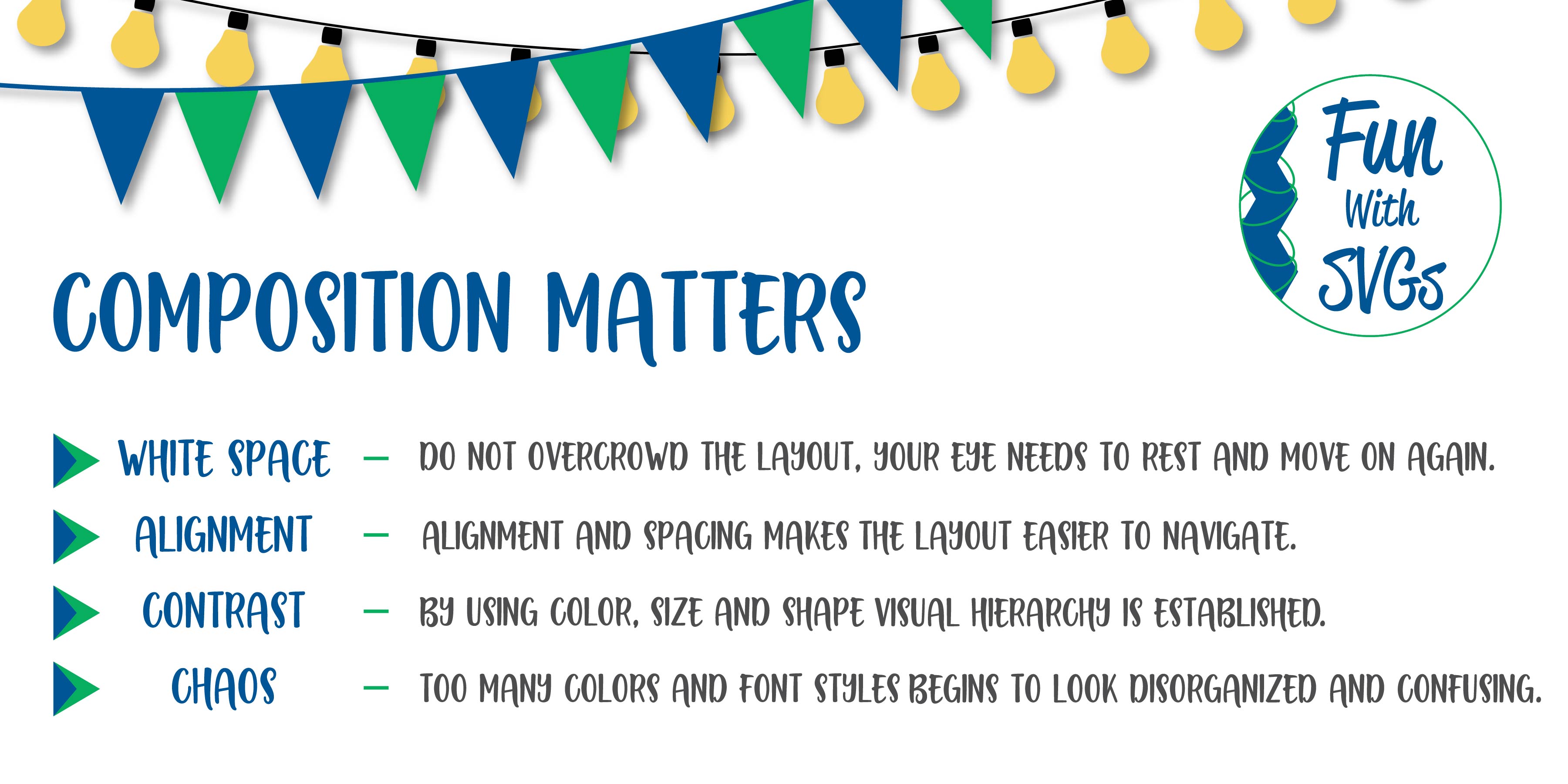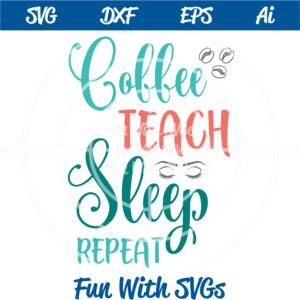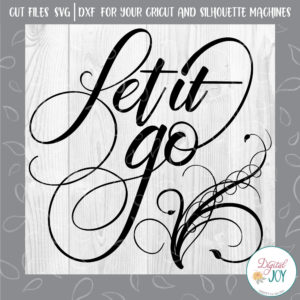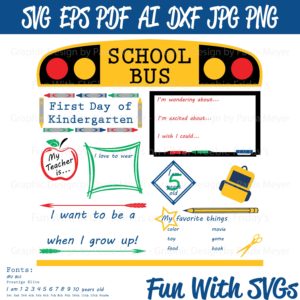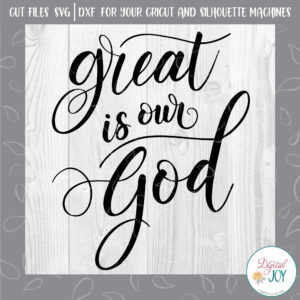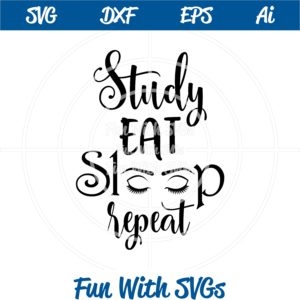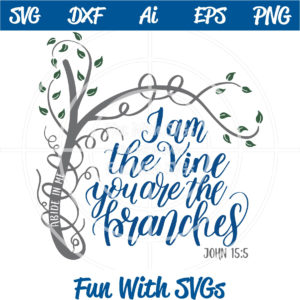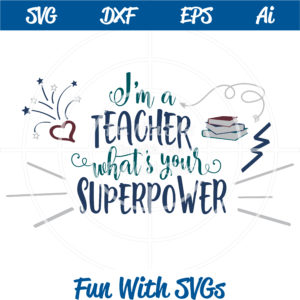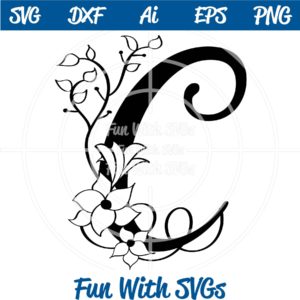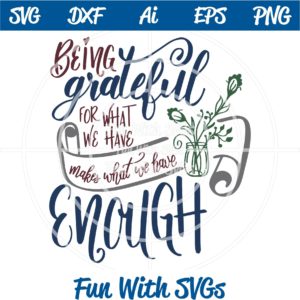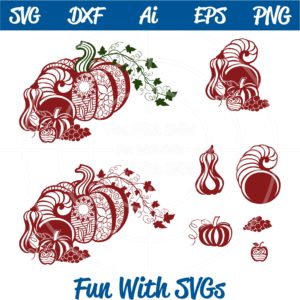
I guess, at least for me, the question of “What Font Is This” bothers me. We all need to identify fonts occasionally, so it is not the question in and of itself. Sometimes we might be trying to match a design we already have, or a client is asking for it specifically. For those reasons I GET IT. But there are websites such as Font Squirrel and What The Font that can assist those of you asking this question. I know some people would rather ask in a group then to do a search on the web yet, Google is our friend and we need to take some responsibility and grow as we learn.
However, I am talking to the person that truly needs to be enlightened by understanding you do not need the exact match, but can find numerous fonts that are similar in nature and will prove to work just as well. If you are a beginner at creating your own files, then please step out of your comfort zone and soar to new heights by collecting your thoughts, imagining what you want your creation to look like and find a font that suits the project. I know this can be a daunting, time consuming task, but the end result will not only please your client(s), but inspire and strengthen you as a designer.
Of the numerous font sites out there, most of us are trying to save a little money. An excellent choice for FREE Fonts can be found at Font Bundles. Where you can download from a wide variety of hand-lettered, script, serifs and sans serifs. Please register an account from the link above, this will add a few pennies to my account so I can continue to provide fresh, and new svg files for you.
Also, keep a lookout for a new section to be added to my website. I am currently working on 3 new font collections. The first will be named “Journal Notes”, this is a hand lettered font trio by me, with many varieties ranging from thin to bold, sans serif, script and extended with bonus embellishments. The second font, I enlisted the skilled hand of my mother in law, who is a traditional calligrapher. This font “Timeless Traditions” will include the basic letter forms from her, with additional weights and embellishments created by me. And the third font that will be released is by my sisters hand. Growing up she talked endlessly on the phone with friends, during these hours she would practice her hand writing. Our mom would always find out what she was talking about later, as she would glance at her “Conversational Notes” left behind.
I digress, in the end, it really does not matter what font you choose for your projects as long as you and or your client(s) are pleased. So take a leap of faith and CREATE something beautiful.
For more information on font pairing you can read my article and download a printable cheat sheet here.

